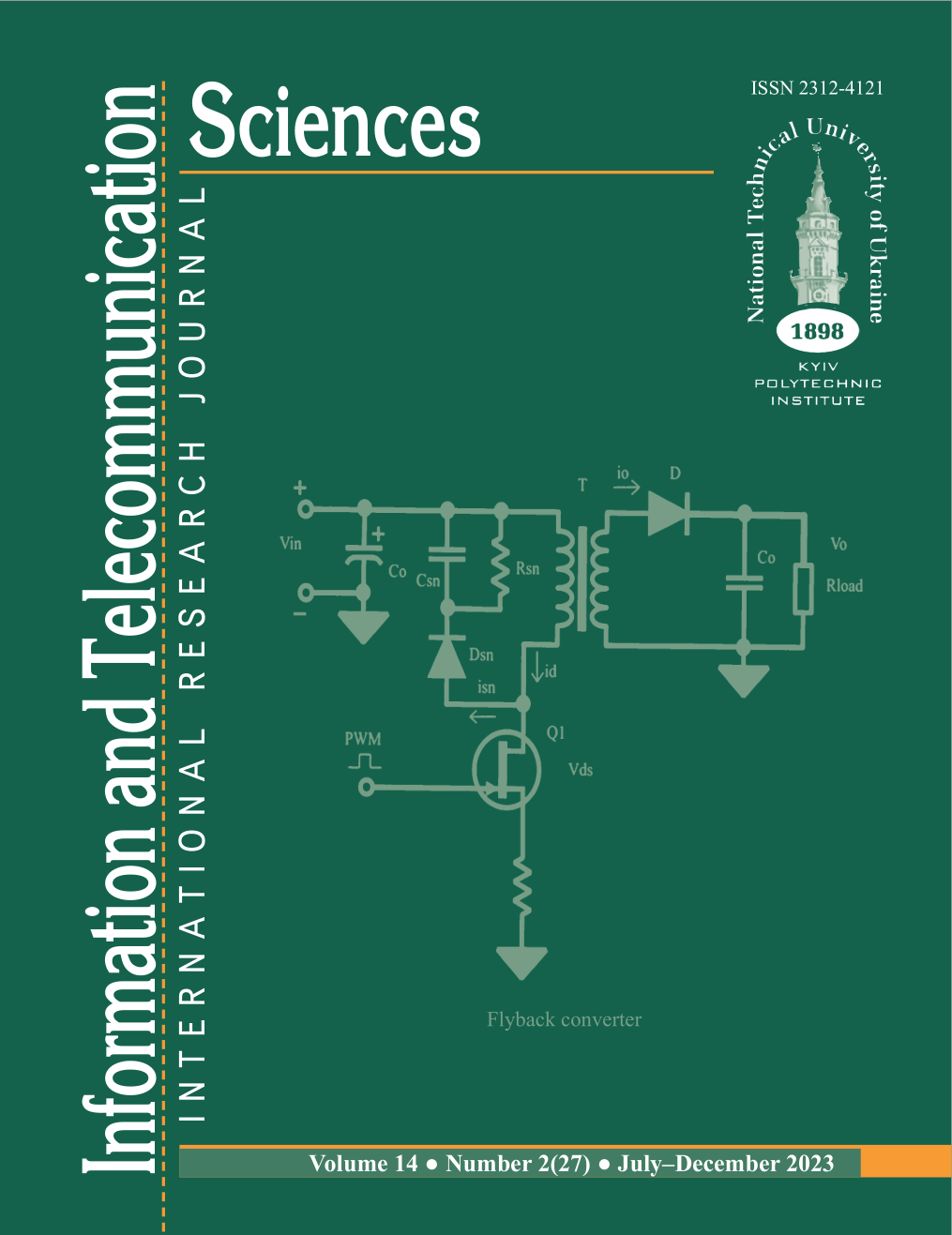AUTOMATED WORKFLOWS FOR ASSESSING THE QUALITY OF FUNCTIONING OF SCIENTIFIC AND EDUCATIONAL INSTITUTIONS
DOI:
https://doi.org/10.20535/2411-2976.22023.61-66Keywords:
workflows, quality assessment, scientific and educational institutions, BPMN modelAbstract
Background. The effectiveness of functioning is a particularly important characteristic for organizations involved in the field of science and education, since the future level of state development and the life of its citizens depends on the quality of the services they provide. There are certain generally accepted principles of such organizations evaluation that is set by relevant normative documents. Nowadays important tasks are optimization and automatization of such processes.
Objective. The aim of the paper is to propose and develop a workflow model for automating and optimizing the procedure for evaluating scientific and educational institutions.
Methods. We use approaches to business process modelling and basic principles of workflow modelling, namely BPMN notation was chosen as the notation to model elements of workflows for assessing the quality of scientific and educational institutions functioning, and Camunda Modeler was used as the development environment.
Results. Conceptual model of the work process for assessing the quality of scientific and educational institutions functioning was proposed, which made it possible to generalize and formalize such an assessment process. Developed using BPMN models of workflow were used to test proposed conceptual model and prove its effectiveness for automating the process of assessing the quality of scientific and educational institutions functioning.
Conclusions. Mechanism of modelling the process of assessing the quality of scientific and educational institutions functioning proposed in the paper gave basis and means for such process optimization and automatization.
References
Nick Russell Wil M.P. van der Aalst Arthur H.M. ter Hofstede (2016) “WORKFLOW PATTERNS The Definitive Guide”
G. Alonso and C. Mohan. (1997) “Workflow management systems: The next generation of distributed processing tools.” Editors, Advanced Transaction Models and Architectures,
Workflow Reference Model Diagram. [Online] – Retrieved from http://www.wfmc.org/reference-model.html, – Accessed on 17 May 2013.
Ryan K. L. Business Process Management (BPM) Standards: a Survey / Ryan K. L., Stephen S.G. Lee, Eng Wah Lee // Business Process Management Journal, Emerald Group Publishing Ltd. – 2009. – Vol. 15, No. 5. – 48p.
Barros, M. Dumas, and A.H.M. ter Hofstede.(1999) “Service interaction patterns”. In W.M P. van der Aalst, B. Benatallah, F. Casati, and F. Curbera, editors,
Xiao Liu, Dong Yuan, Gaofeng Zhang, Wenhao Li, Dahai Cao, Qiang He, Jinjun Chen, Yun Yang , 2012, “The Design of Cloud Workflow Systems”.
L.S. Globa, R.L. Novogrudska MODELING OF THE WORKING PROCESSES OF THE PORTAL OF THE NATIONAL ANTARCTIC SCIENCE CENTER OF UKRAINE [Online]. – 2017. – Retrieved from https://ela.kpi.ua/handle/123456789/15626
Methodology for evaluating the effectiveness of scientific institutions of the National Academy of Sciences of Ukraine [Online] –– 2017. – Retrieved from https://www.nas.gov.ua/legaltexts/DocPublic/P-180711-241-1.pdf
User Guide of Camunda [Online]. – 2021. – Retrieved from https://docs.camunda.org/manual/7.15/user-guide/
The Camunda Platform Manual [Online]. – 2021. – Retrieved from ttps://docs.camunda.org/manual/7.15/


